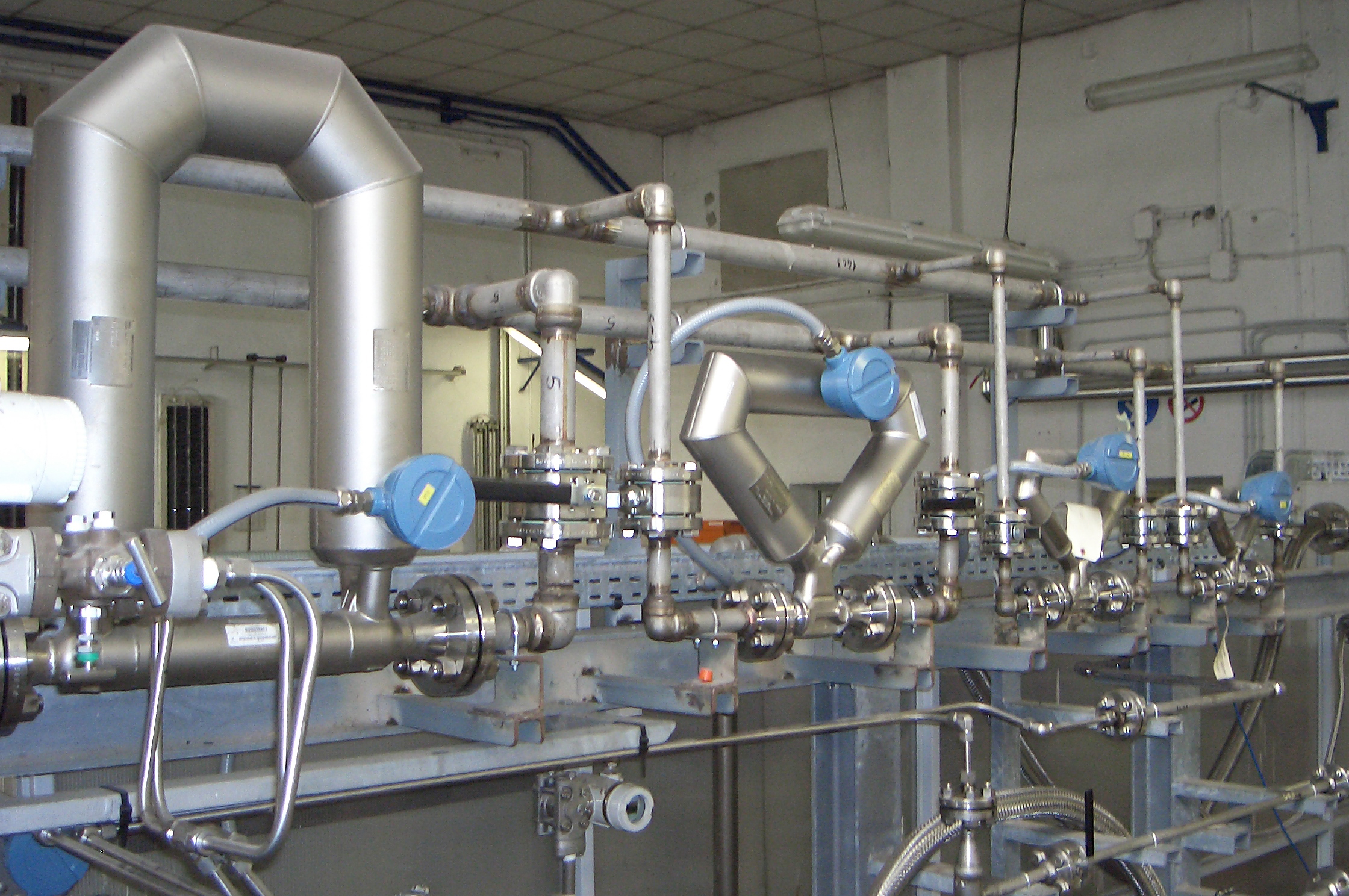It’s only in the last few years that I’ve come to appreciate(!) the connections between my world of KM and organizational learning, and thephilosophical mindset which underpins Appreciative Inquiry.
Appreciative Inquiry (AI) pre-dates Knowledge Management. It has been around in its current recognised form since the mid 80s, and was first published as a discipline in 1987 when David Cooperriderand Suresh Srivastva wrote their seminal paper for Research in Organisational Change and Development.
The video below sums it up nicely when he describes the conventional approach to improvement as viewing the organisation a “problem to be solved” –and how over time, a problem-resolution mindset can sap energy, goodwill and enthusiasm from the workforce.
http://www.youtube.com/watch?v=QzW22wwh1J4
I’ve heard accusations made that AI is somehow ‘dangerous’ because it artificially views the world through rose-tinted spectacles. My response?
Who are we to say that the lesson-learning, problem-discussing, improvement orientation which strongly influences us doesn’t come with its own pair of KM-branded Reactolite-tinted glasses?
Perhaps we just don’t realise that we’re wearing them (and perhaps that’s why some are so quick to look for the danger in other techniques!). Our default perspective is not necessarily neutral and perfectly balanced, and it's good to take a look our favourite tools and techniques and ask ourselves whether they reinforce a deficit view of the firm.
Having facilitated a number of KM-related workshops using an AI, I can vouch for the positive engagement power of the approach. It’s still rooted in the reality of what we can learn from our own practice, but the conscious focus on what does it look like when we’re at our best gives a different kind of energy to the group, and expands their vision as to what is possible.
The four steps of an Appreciative Inquiry "4D" Summit are surprisingly simple:
1. Discover. (Inquire into what works.)
This is a filtered process of reflection and storytelling to set the context for what is possible, building a "positive core" from the sharing of stories.
2. Dream. (Imagine how good it could be.)
This is a creative vision-building step – constructed by amplifying the reality of the examples from the discovery step. The photo to the left is from a UN KM and AI workshop in Addis Ababa , showing the positive core, and an engaged group creating their dream, stimulated with some inspirational photos of Africa.
3. Design. (Agree how good it should be.)
This is a prioritisation process, finding ways to connect the colourful hot-air balloon of a long-term vision to the ground with some actionable propositions.
4. Destiny. (Commit to what will be.)
Identify specific actions and start to plan for success.
An approach which combines Reflection, Storytelling, Visioning, Prioritisation and Action and generates positive energy for change? Why would I not want to employ that?
So if you’re a knowledge professional who hasn’t considered or explored Appreciative Inquiry, let me commend it to you as a valuable mindset to integrate into your KM toolkit.
Or to put it another way, provided we understand the perspectives and mindsets which can lie behind the techniques we recommend - then we can help our client organisations to maintain a nutritionally balanced diet of savoury lesson-learning, palate-cleansingly neutral sensemaking and sweet appreciative inquiry.
What's not to like?









